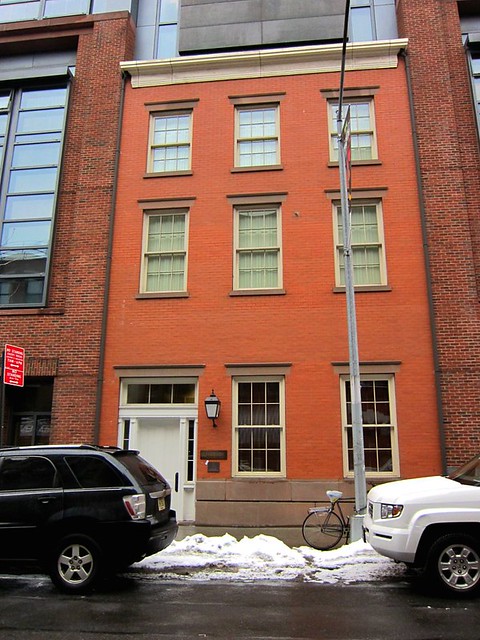Commemorating the Publication of Poe’s “The Raven”
A one word shriek of lonely misery cackled by a black bird has had a long echo murmured through our collective soul.
Published on January 29, 1845, Edgar Allan Poe’s The Raven is better known than perhaps any other poem. Its hypnotic rhythm, eerie mood, and careful composition gives it both popular and critical appeal that has lasted throughout the decades.

In there stepped a stately raven of the saintly days of yore. / Not the least obeisance made he; not a minute stopped or stayed he; / But, with mien of lord or lady, perched above my chamber door - / Perched upon a bust of Pallas just above my chamber door - / Perched, and sat, and nothing more. (source)
The Raven has its beak in the heart of pop culture, from a film version with Bela Lugosi in 1935 to inspiring the name of Baltimore’s NFL team: the Ravens (their three avian mascots are Edgar, Allan, and Poe). Recently, there was news of an ABC crime series starring Poe as a detective, and in fall 2011 a film, The Raven, will be released starring John Cusack as the poet.

Ravens in Père-Lachaise Cemetery, Paris. (source)
The incredible popularity of Poe’s horror stories, ignited by The Raven, unfortunately did not win him any financial success. He received only $9 upon its publication, although he was in demand for somber readings many in dark rooms. He would die only four years later on October 7, 1849, at the age of 40, after being found delirious on the streets of Baltimore, wearing someone else’s clothes.
While the exact cause of his death remains a mystery, it likely had to do with alcoholism. For 60 years until 2010, Poe’s birthday was marked by an anonymous visitor, who left a half-consumed bottle of cognac with four roses at his grave in Baltimore. Alas, this “Poe Toaster” has come tapping through the Westminster Hall cemetery no more.

1848 daguerreotype of Poe (source)
Born in Boston on January 19, 1809, Poe’s mother died early on, and she would not be the first young woman he would lose. He started publishing poetry in 1827, and in 1835 he married his 13-year-old cousin Virginia Clemm. She would die two years after the publishing of The Raven from tuberculosis.

Former Residence of Poe at 85 West 3rd Street, New York (source)
Fortunately for fans of the literary sad soul, Poe moved around frequently due to financial problems and his wife’s fragile health, leaving numerous former residences on the East Coast to be claimed as museums. His dorm room at the University of Virginia is cared for by a group of students known as the Raven Society, and his last home in The Bronx is preserved in Poe Park, although it is currently closed for renovations (numerous photos of which are available on the Historic House Trust of NYC Facebook).
On the Atlas Obscura, there is the Edgar Allan Poe National Historic Site in Philadelphia, where he lived from 1843 to 1844, writing The Tell-Tale Heart and The Gold Bug. Its cobwebbed basement is speculated to have been the inspiration for The Black Cat. Many of his residences have been demolished, or in the case with his home at 85 West 3rd Street in Manhattan, oddly reimagined as part of the facade of a new NYU building, although the original structure does not remain.

Grip the Raven
Remarkably, the raven that inspired the poem is more than just an imagined prophet or fiend, and exists in taxidermy form at the Philadelphia Free Library. Grip the Raven, detailed here on the Atlas, was a pet of Charles Dickens, who made him a talkative character in his mystery novel Barnaby Rudge. Poe encountered the bird while doing a review of the book, and used a less chatty version of him for the poem.
The raven still is sitting near first editions of Poe’s books and original manuscripts, plain for all to see.







Follow us on Twitter to get the latest on the world's hidden wonders.
Like us on Facebook to get the latest on the world's hidden wonders.
Follow us on Twitter Like us on Facebook